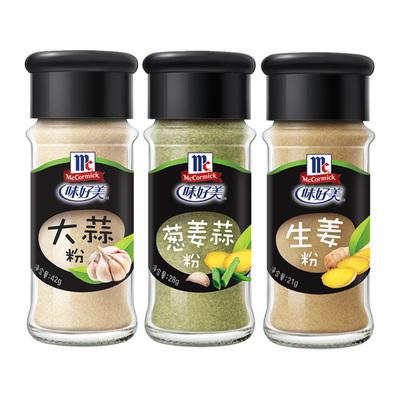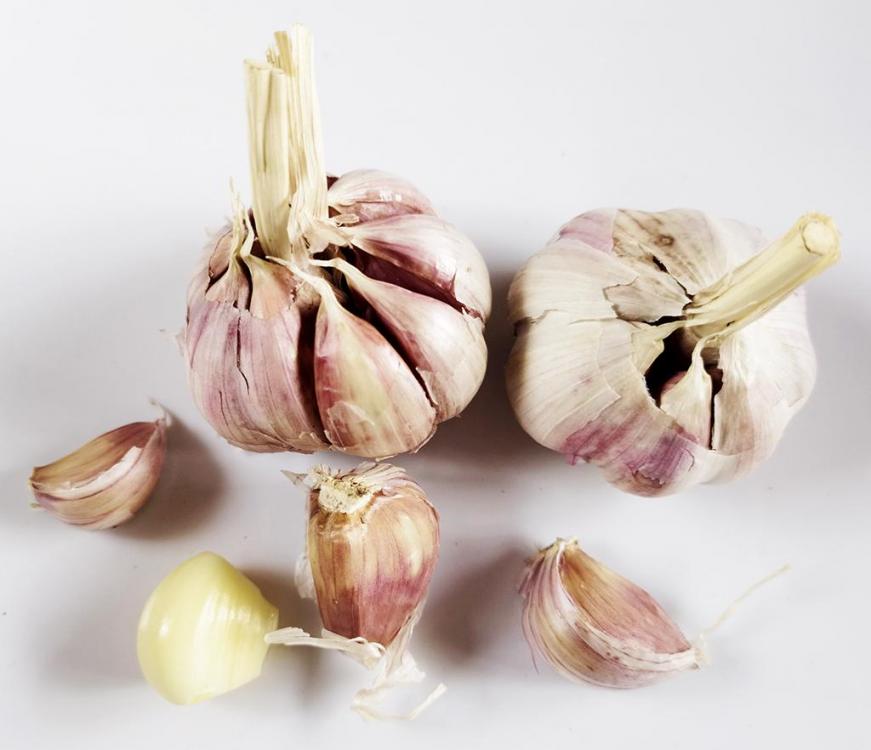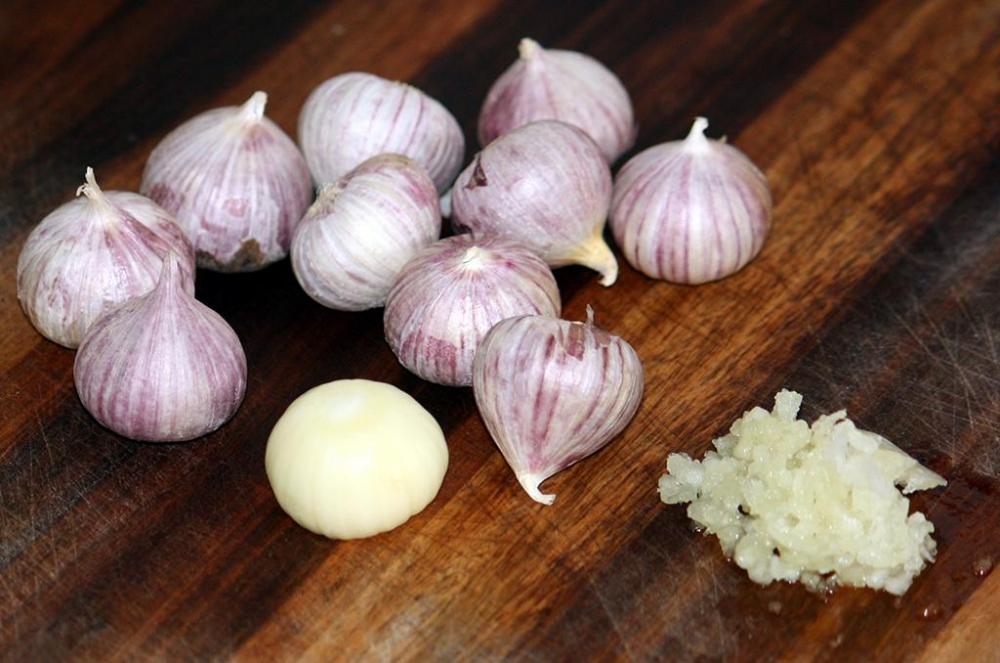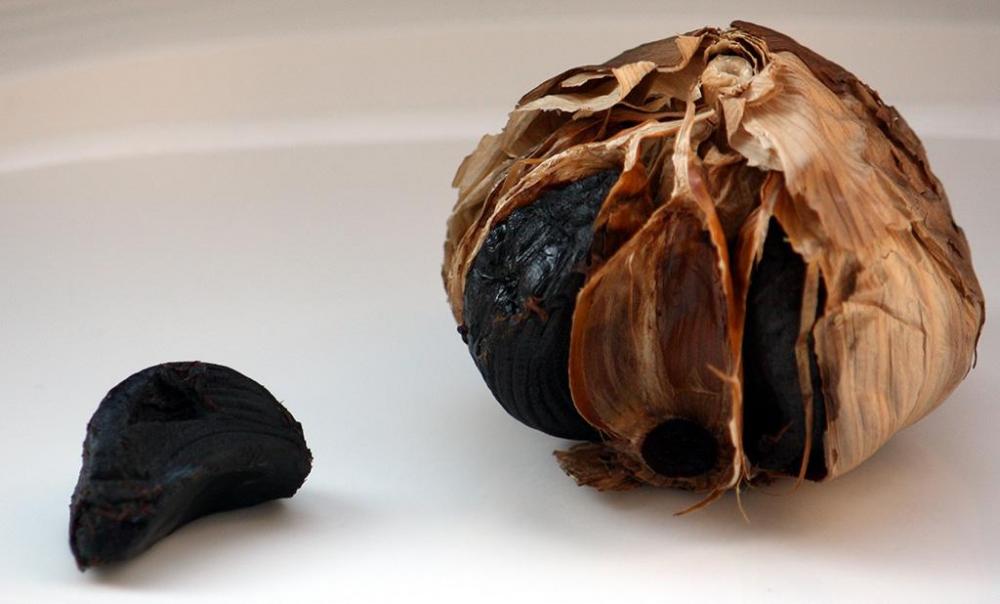17. 大蒜 (dà suàn) – Garlic – Allium sativum
This is the second of the Chinese culinary holy trinity to be covered here. I already did ginger.
Garlic has been used in China for thousands of years and appears in almost every savoury dish from soups to stir-fries. Today, China produces 76% of the world's garlic according to the Food and Agriculture Organization of the United Nations, Statistics Division (FAOSTAT).
I almost decided not to cover it, as I thought there wasn’t really much to say; everyone knows garlic. But thinking a bit more, I found there is more to be said than I first thought.
First up, there is more than one type in China. What we consider to be regular garlic in the west is available everywhere and is the most used. But there is this other type which is my go-to. 独蒜 (dú suàn) is single-headed garlic. This cultivar does not split into separate cloves, but usually remains in one segment. (I have occasionally met twins.) They save on a lot of chopping and mincing. But best of all is that the skin falls off easily, if you so much as give it a dirty look. One bulb is equal to about two cloves of the regular stuff.
Single-headed garlic
独蒜 (dú suàn) is often associated with Sichuan, but actually originated in Yunnan.It is not so common in northern China. Many of my Chinese friends have ‘corrected’ me when I mention it, thinking I have mispronounced dà suàn as dú suàn. I then have to correct them!
Fuchsia Dunlop mentioned somewhere that she had found single-headed garlic in London’s Chinatown, so it may be available in Chinese or Asian stores elsewhere. If you find it, please let me know.
Black garlic
I can also find black garlic relatively easily. Both regular and single-headed varieties. I have never seen a Chinese recipe for it and none of my friends know it, so I don’t know how it is used here.
Note: Garlic powder is not really available here. The Maryland-based McCormick spice company, which is very active in China, does do a version, but I’ve never seen it here. That said, garlic powder is rare most places outside North America. It may be used industrially here, as the only way I can buy it, not that I want to, is on-line in 1 kg sacks.

Left to Right: Garlic powder; Garlic and Ginger powder; Ginger powder
There is a lovely Chinese idiom, 鸡毛蒜皮 (jī máo suàn pí), literally meaning ‘chicken feather, garlic skin’ but really meaning ‘a trivial matter’. It can also mean 'kitchen waste'.









